8 Things To Do In, And Around Padang In Sumatra.
If you’re looking for a place with more nature and animals than big cities or overpopulated beaches, Sumatra is just the right spot! Although we’ve travelled to Sumatra several times in the last 20 years, it’s still a one-of-a-kind experience. Sumatra might be the sixth largest island in the world, yet it managed to stay a small jewel of unspoilt beauty, a land of rugged landscape, dense rainforests, volcanic crater lakes, delicious food and the most friendly people you’ll come across.
Padang is the largest city on the western coast of Sumatra and the hopping off point for a trip to the Mentawai islands and this is why most tourists (especially surfers) come here. At first sight, it’s definitely not the postcard-perfect town, This is also why most of the tourists who come here don’t even bother to explore Padang and its surroundings further. It’s unfortunate for them because they’re missing out on stunningly beautiful trips (some of them are mentioned below), but good for people who want to enjoy this part of the world as it was, without tourists running around half naked as we see it every day in Bali. So for this, thanks to all those who want to get away from Padang as fast as possible. And terima kasih Sumatra, for being as beautiful and pristine as you were during my first visit back in 1996. You’re definitely one of my favourite travel destinations and one of the most amazing travel photography models!
1. A Walk Through The Rice Fields.
Rice production in Indonesia is an important part of the national economy and Indonesia is the third-largest producer of rice in the world. Rice cultivation is well-suited to regions that have a warm climate, low labor costs and high amounts of rainfall as this staple crop is labor-intensive to cultivate and requires lots of water supply. Sumatra fulfils all of the above.
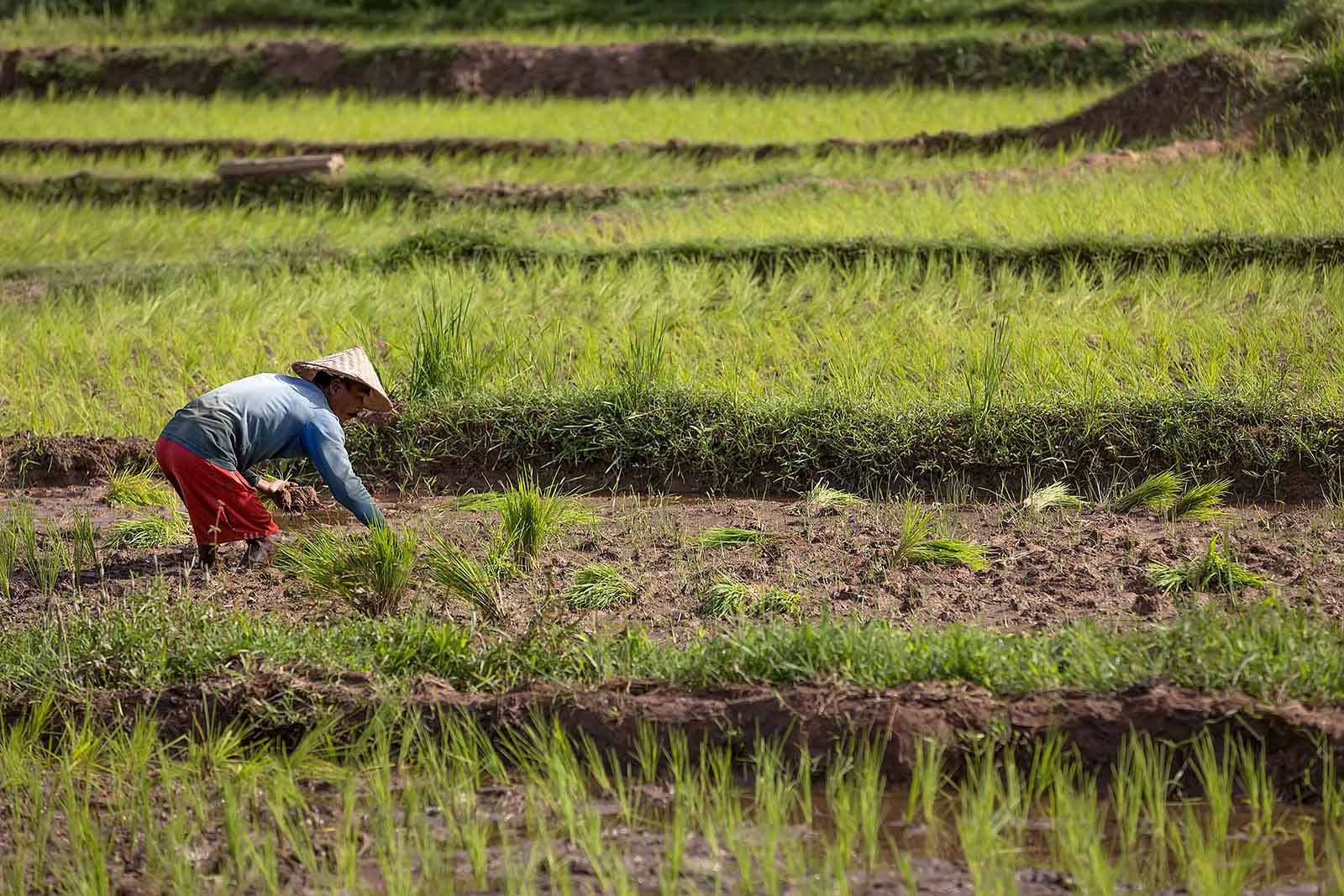
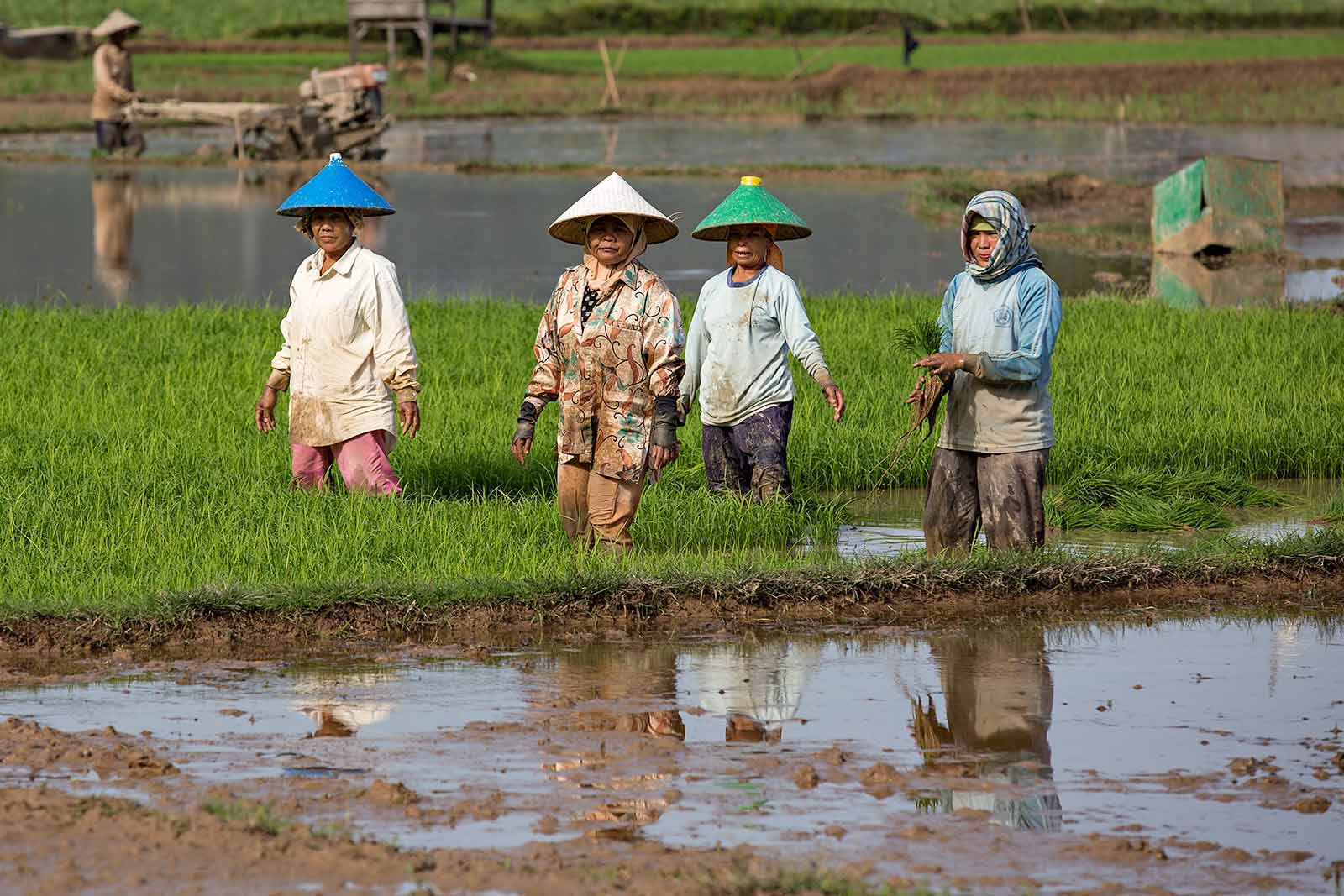
2. A Visit To A Surrounding Waterfall.
Be prepared for pure, natural and pristine nature. But also be prepared to share your walk with hundreds of leeches waiting to suck your blood. I’m not a wuss, but leeches are pretty much my least favourite animal on the planet. Especially when they come in multiple forms and numbers. I’m not exaggerating when I tell you that the ground was crawling! Would I do it again? Well, not for a while, although this trip will go down in history as my encounter with a moving ground of hundreds of blood suckers, which I’m sure I’ll tell my kids about someday…
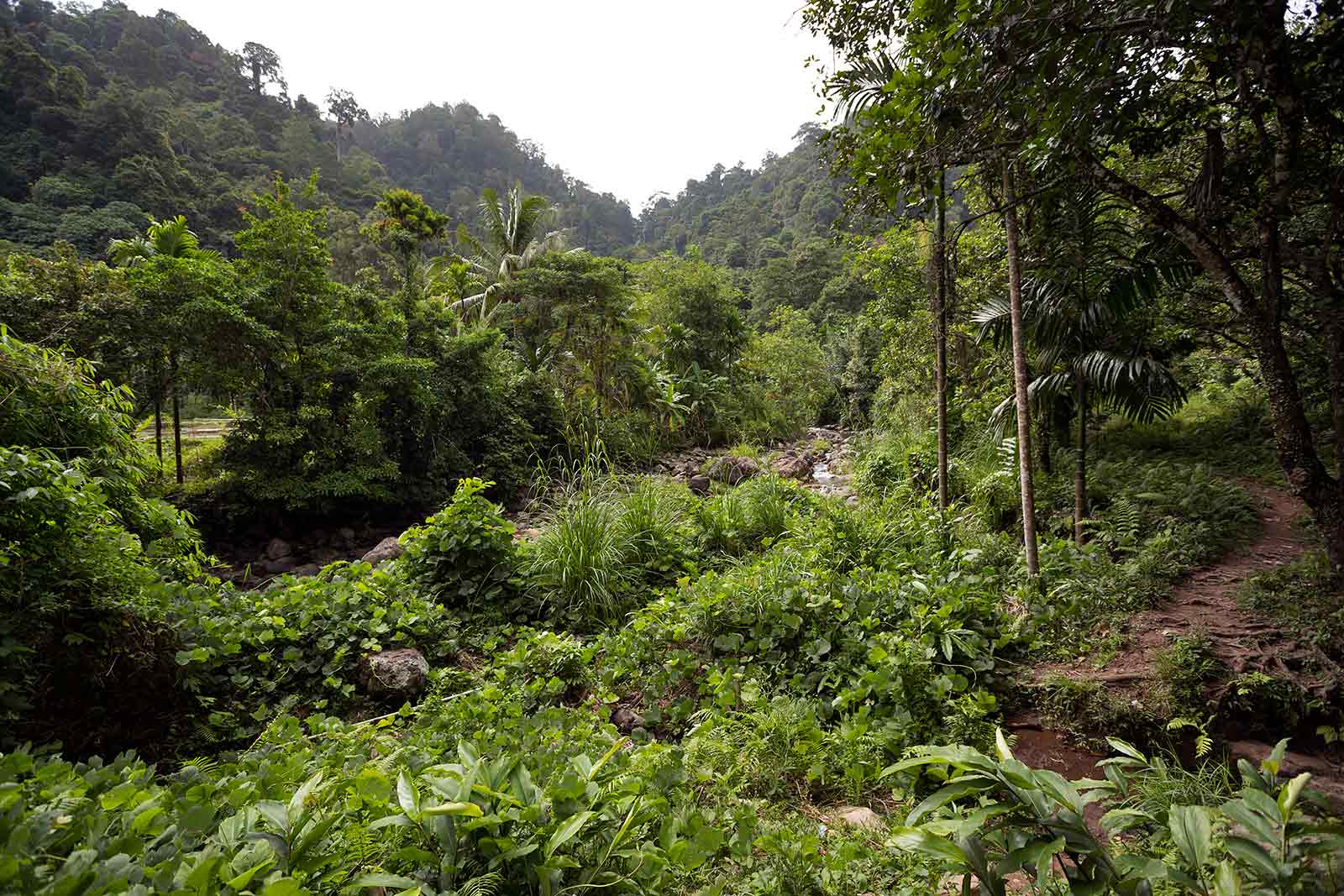
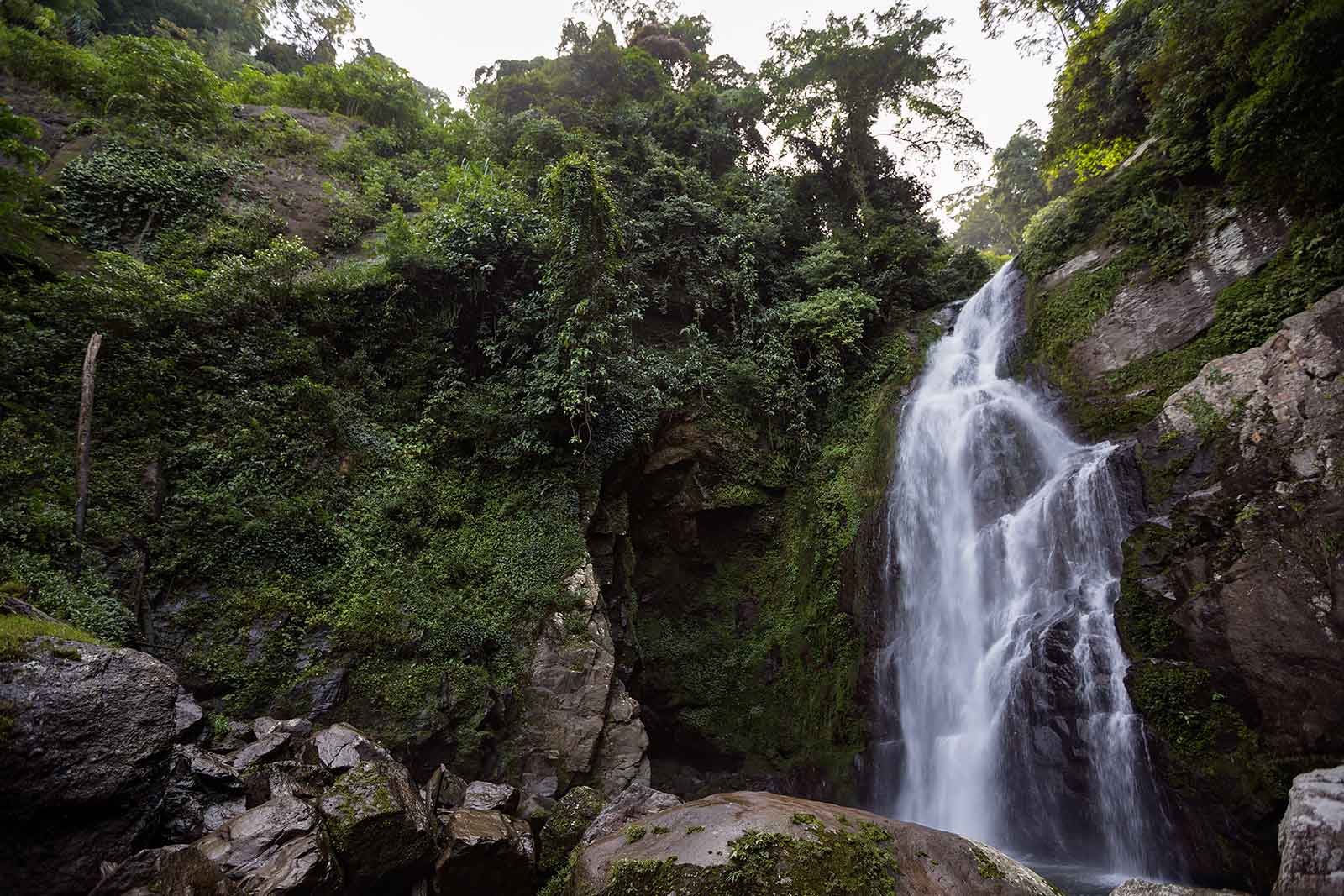
3. A Visit To Indonesia’s Only Living Root Bridge, Jembatan Akar.
There are pretty amazing bridges all over the world. When the engineer is Mother Earth herself, an entirely different type of product is produced: a living bridge.
Located over the Batang Bayang river approximately 88 kilometres South of Padang, one of these bridges can be found – supposingly the only living root bridge in Indonesia. The bridge is known as Jembatan Akar. It was created in 1890 by a Muslim teacher by the name of Pakih Sohan. He wanted students living on the other side of the river to be able to attend his classes. By stringing the roots of two banyan trees around a stem bridge he made this happen – even though it took 26 years until the bridge could actually be used. Since our visit to Jembatan Akar we’ve also seen the most amazing of all living root bridges: Umshiang Double Decker Living Root Bridge. Nature is just unbelievable.
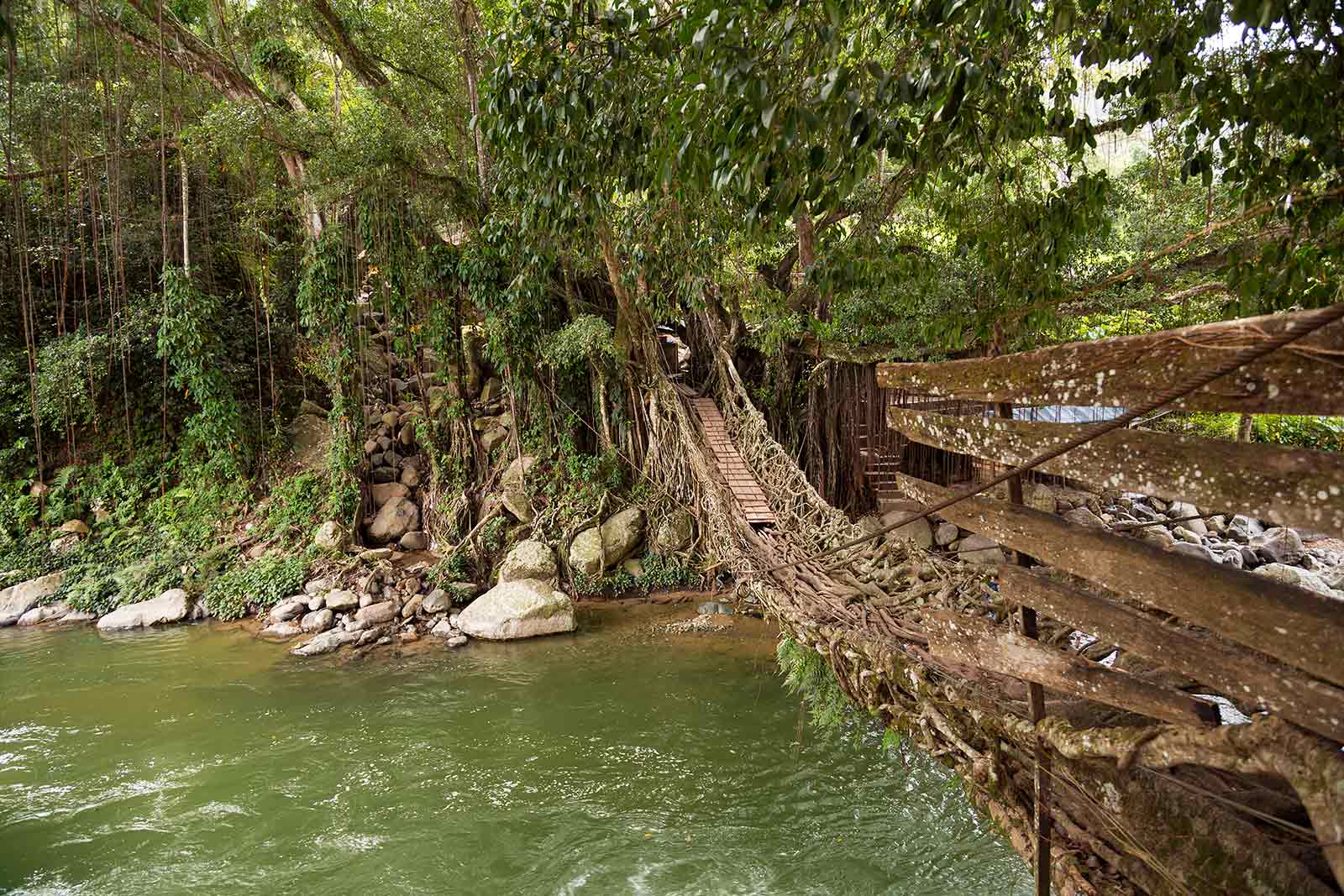
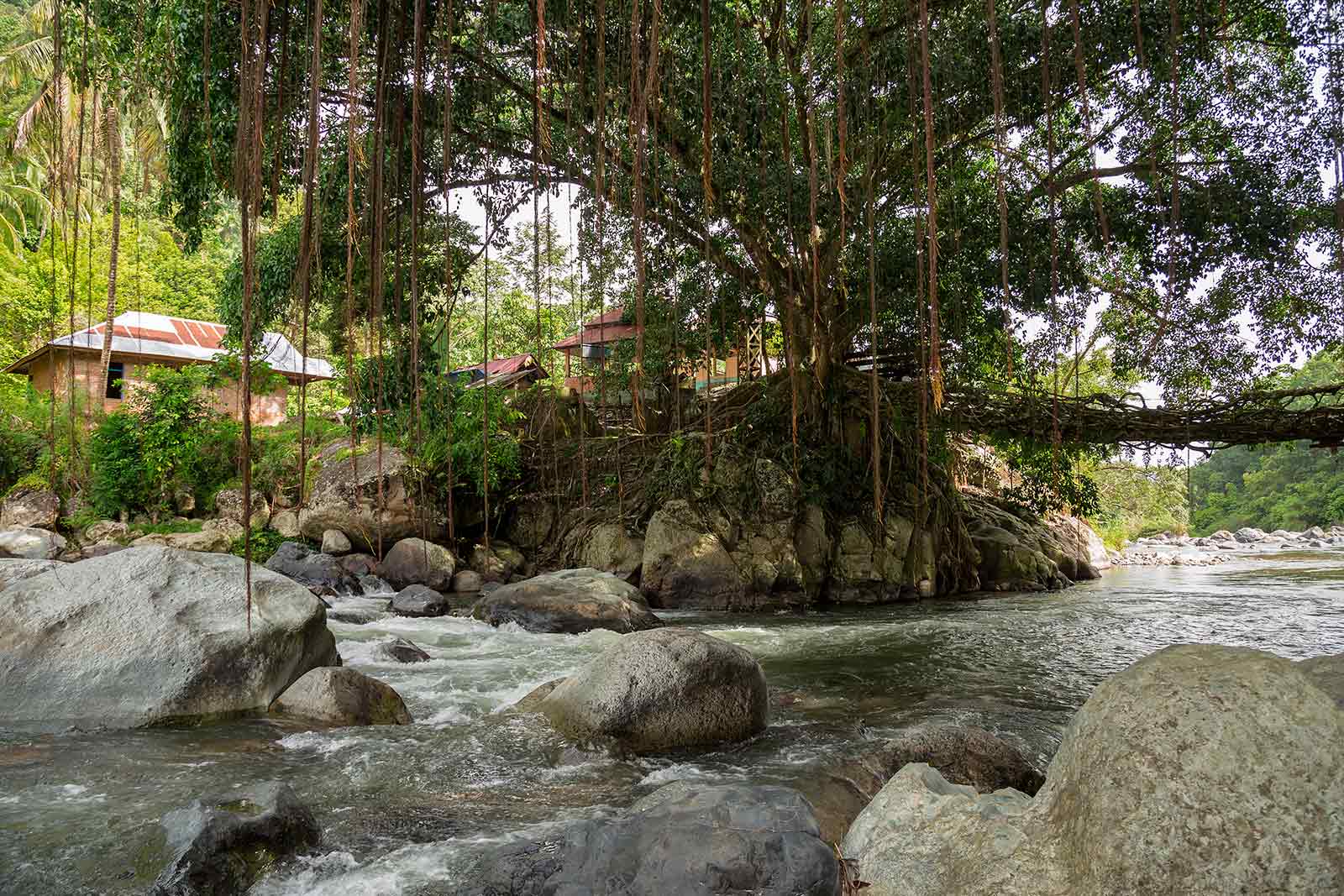
4. A Ride With A Bemo.
The main form of public transport in Padang is by bemo. It’s normally a minibus or van with a row of low seats down each side. Bemo usually hold about 12 people in very cramped conditions.
Riding bemo can be part of your Bali adventure or a major nightmare depending on your outlook at that moment in time. You can certainly expect journeys to be rather lengthy and you’ll find that getting to many places is both time-consuming and inconvenient. It’s uncommon to see visitors on bemos in Padang, so be sure to get a lot of attention.
Make sure you know where you’re going, and accept that the bemo normally won’t leave until it’s full and will usually take a roundabout route to collect and deliver as many passengers as possible. If you get into an empty bemo, always make it clear that you do not want to charter it. (The word ‘charter’ is understood by all drivers.)
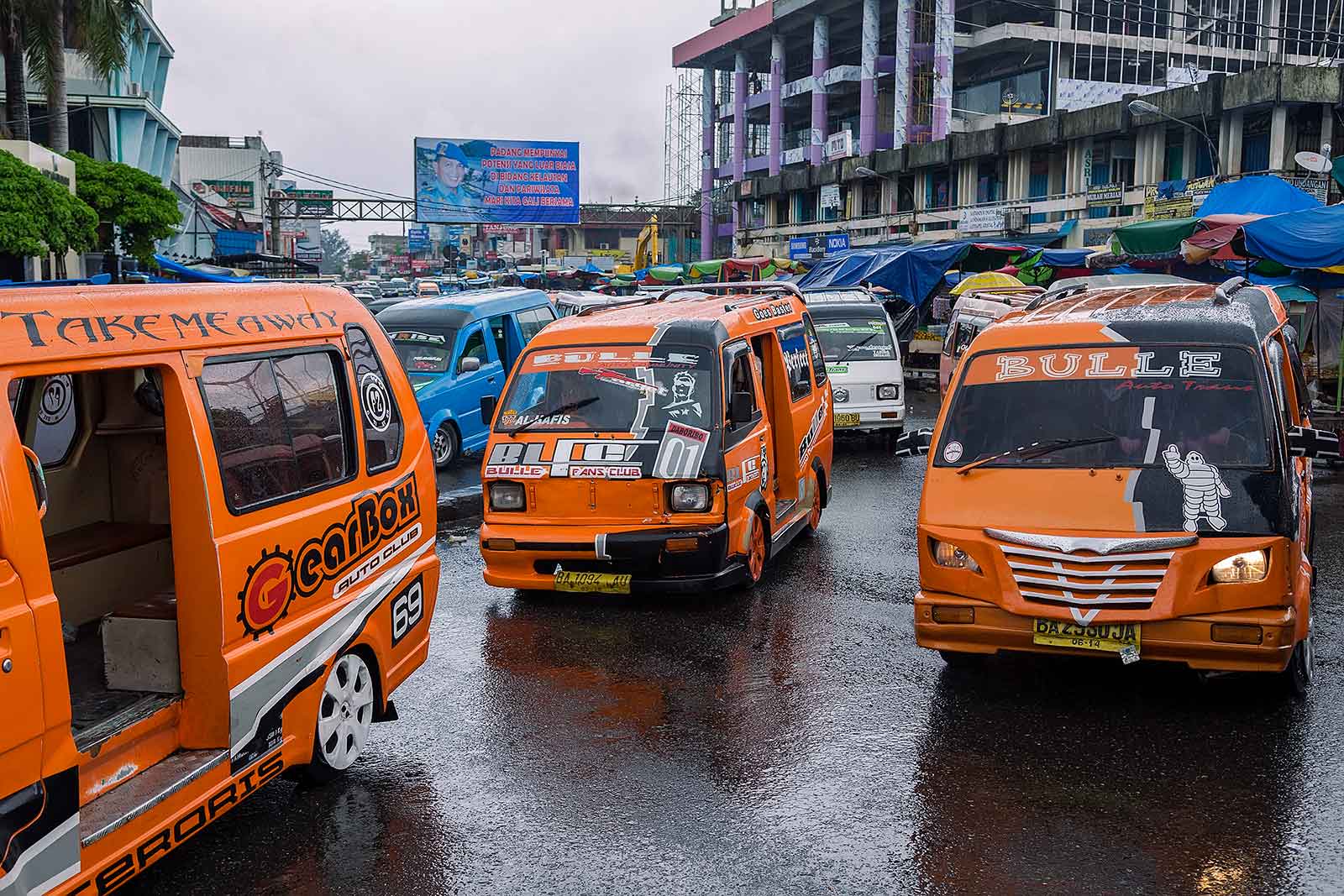
5. A Visit To The Market.
We love markets, especially wet markets. Not only will you see all sorts of interesting food stuff, but you will meet the local community. You’ll get an insight on their way of living and traditions when browsing through the various market section. Sumatrans friendly and helpful people, who respect and welcome visitors. No matter what situation, they always wear a smile.
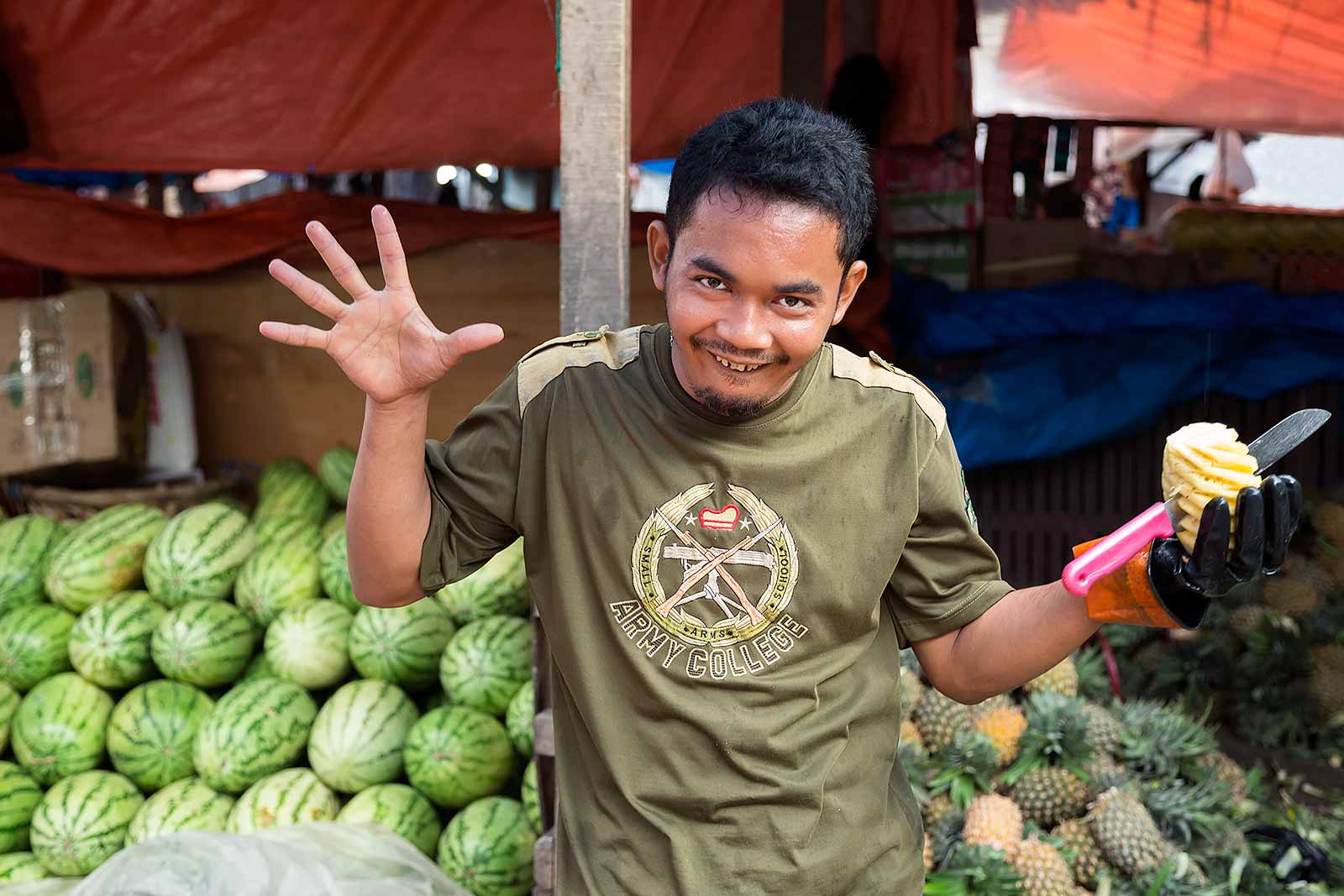
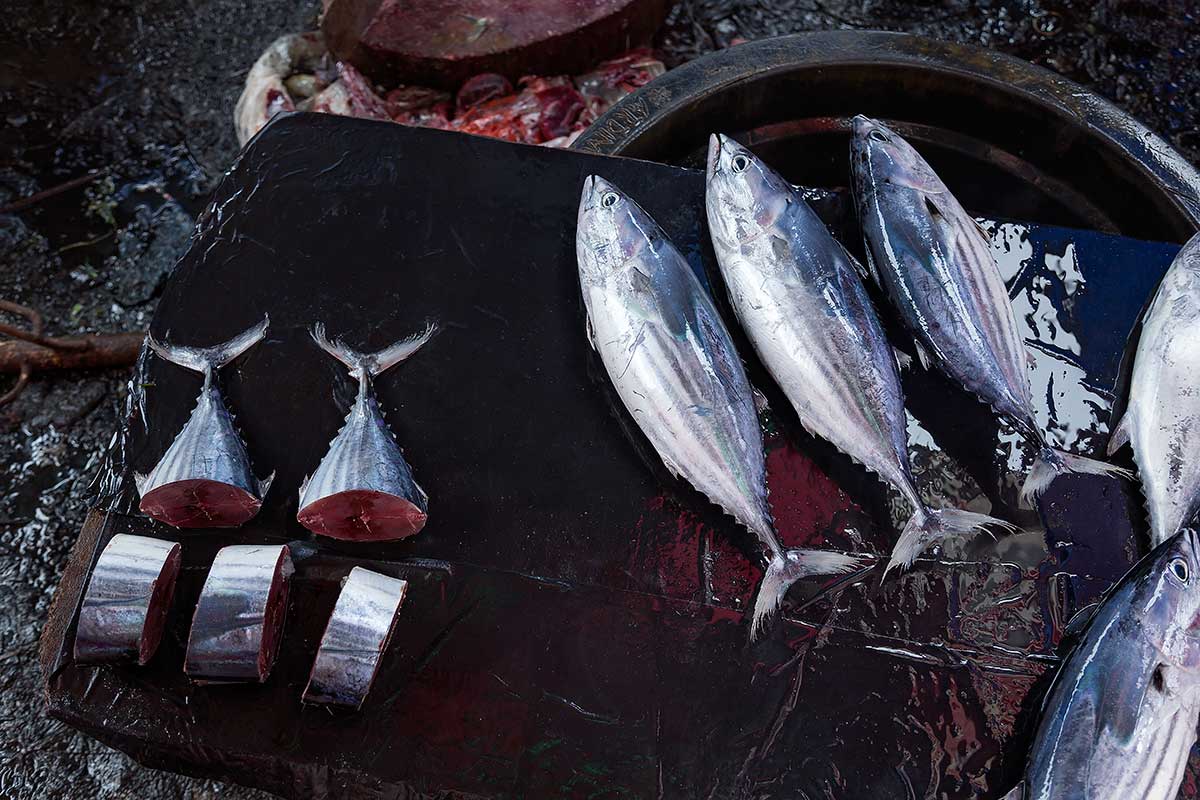
6. Observe The Fishermen At Bungus Beach.
Indonesia is richly endowed with marine natural resources, and its people are highly dependent upon them for food. So fishing is one of the main incomes across Sumatra. At the beaches near Padang, fishing is very often done directly from the beach. This method is called seine fishing. A seine is a fishing net that hangs vertically in the water with its bottom edge held down by weights and its top edge buoyed by floats. Seine nets can be deployed from the shore as a beach seine, or from a boat. At Bungus beach, the nets are hauled in manually with pure man-power. The process actually takes quite long (up to three hours, depending one the size of the net) and the outcome is not always that satisfying.
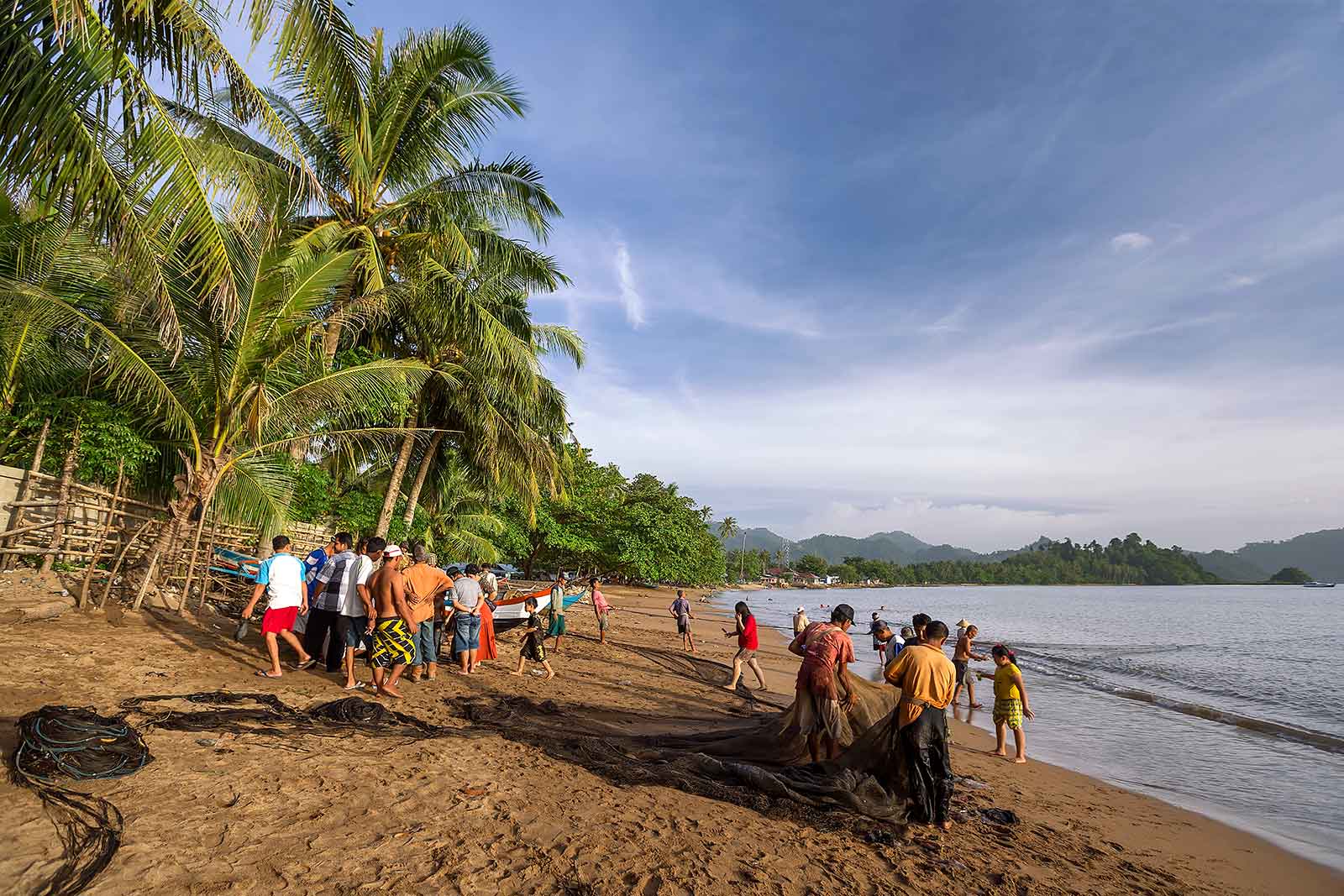
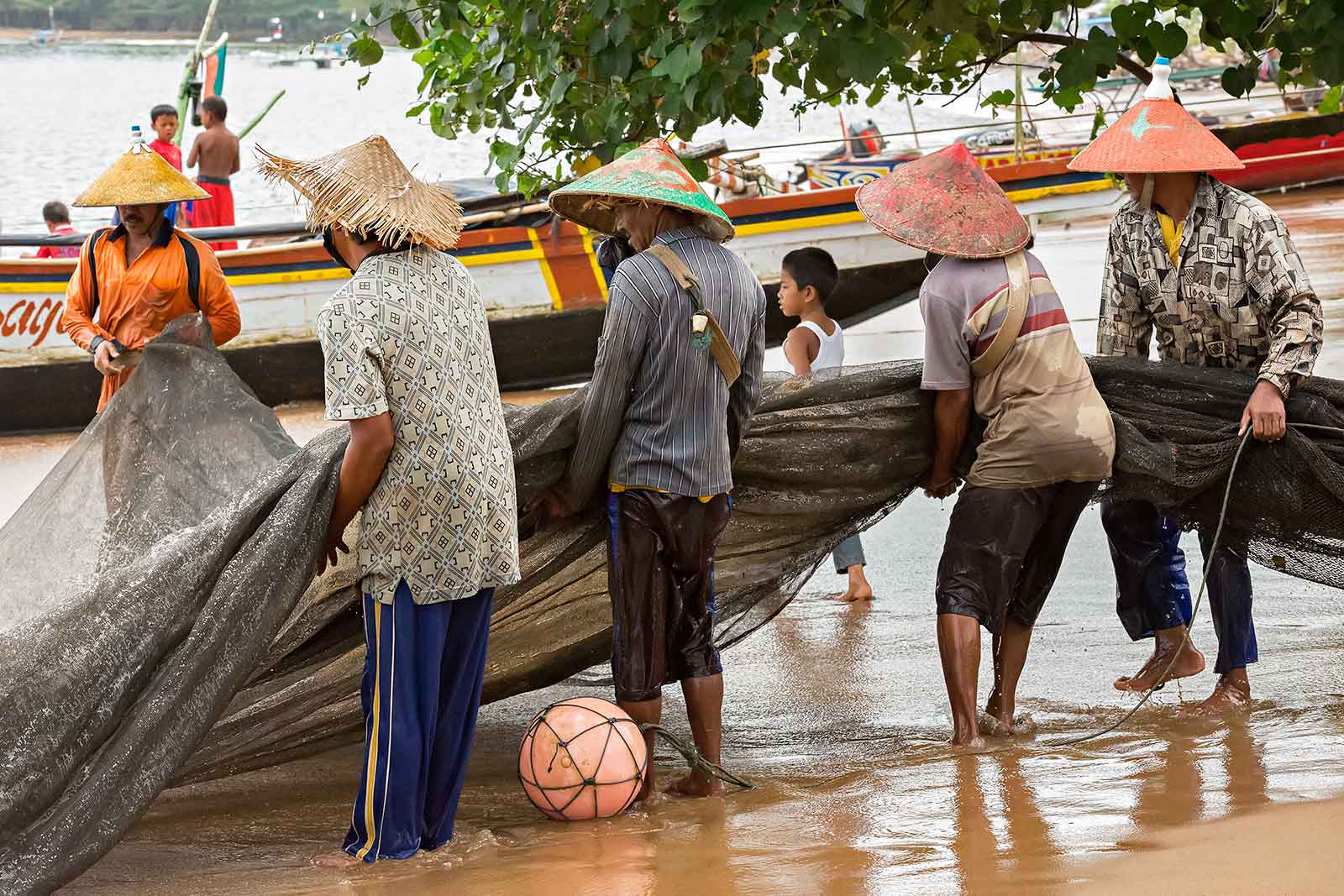
7. Relax On One Of The Islands Near Padang.
Just off the coast of Padang, you will not only come across the well-known Mentawais, but hundreds of little islands with pristine beaches, palm trees and not a single soul in sight. Whether you want to stay at a beautiful beach resort like Cubadak Paradiso Village Resort, or a place with a Robinson Cruiso feeling, the choice is yours. But most importantly, a visit to these islands makes you feel like you’re in a far away place, with nothing to worry about except those possible coconuts falling on your head while sunbathing on the beach…
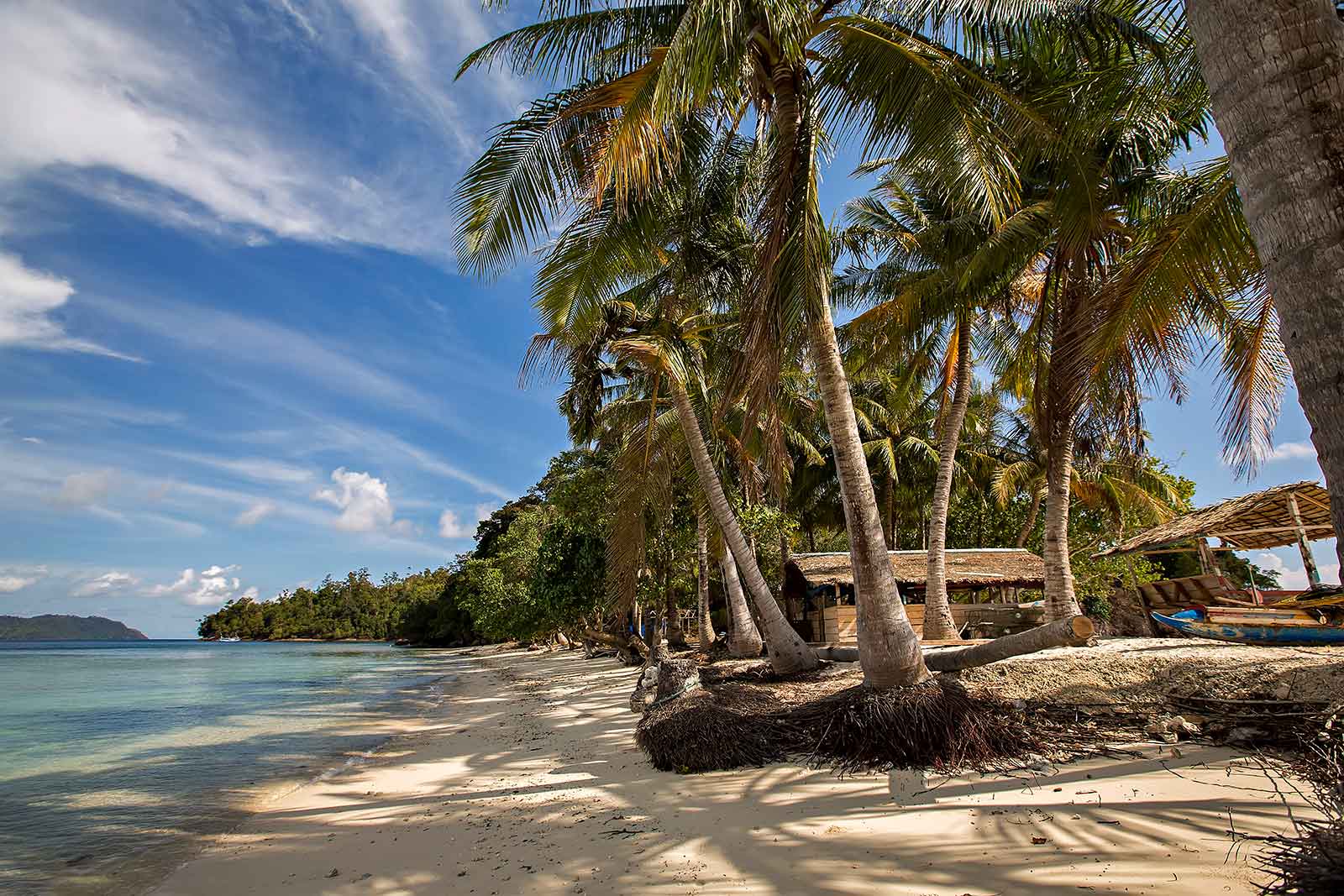
8. Taste The Delicious Padang Kitchen.
A typical Padang kitchen restaurant displays their already cooked dishes in the front window. Once you take your seat, instead of handing you a menu, different food dishes will be brought to you in bowls. Pick out the ones you want to eat and leave the rest. When you’re done, the server will come back, take a look at the dishes, and look what you ate and what you left behind. Then he’ll move the remaining dishes back to the front window. You only pay for what you ate. Believe me when I say that Padang kitchen is one of the most delicious cuisines in the world and my absolute favourite in Indonesia!
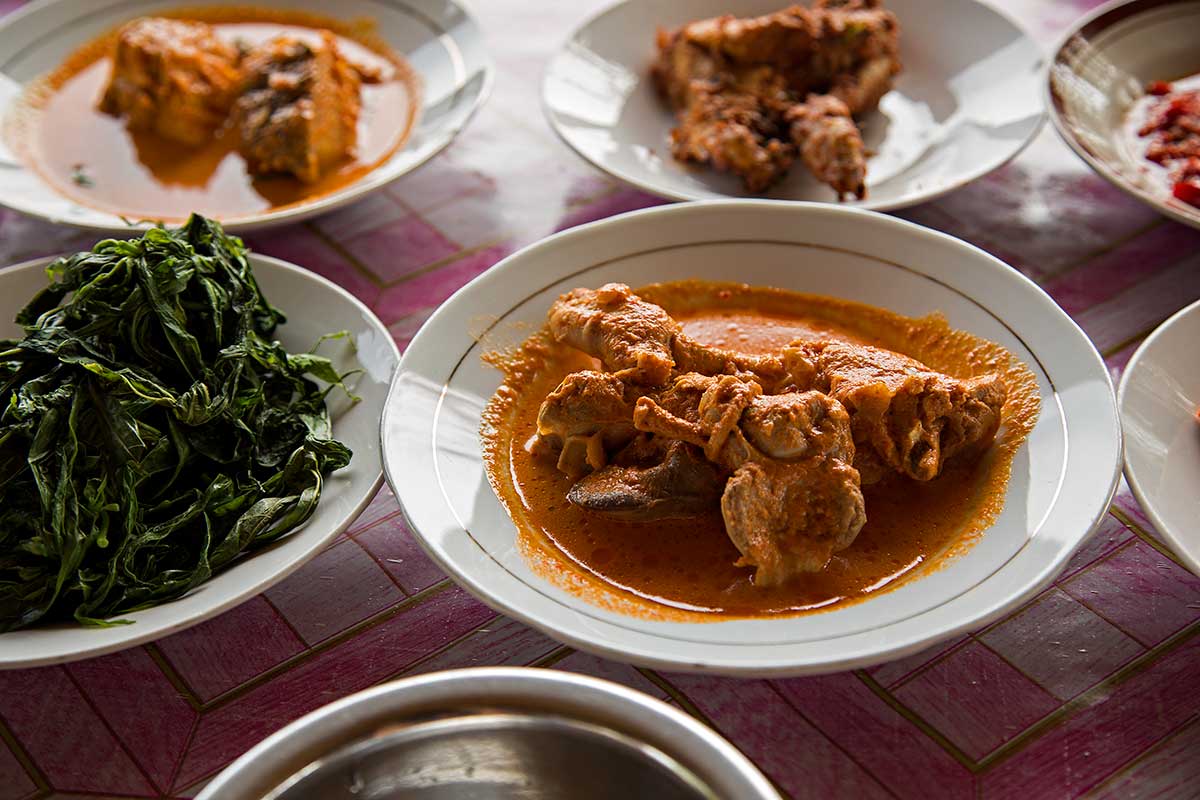
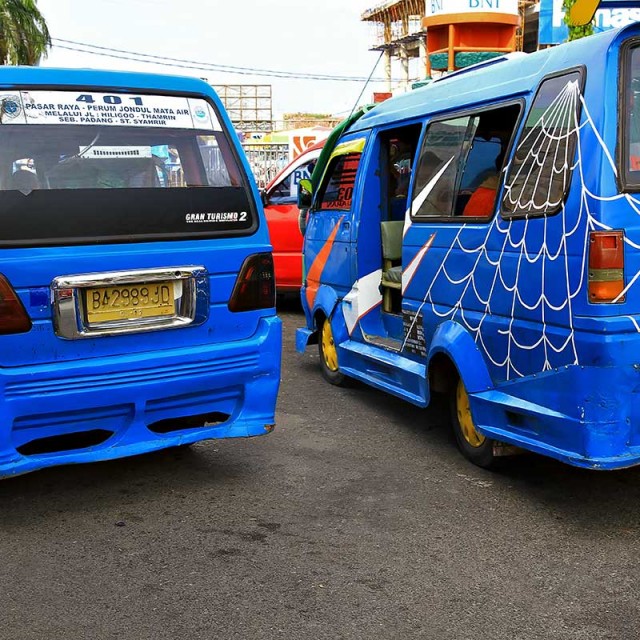
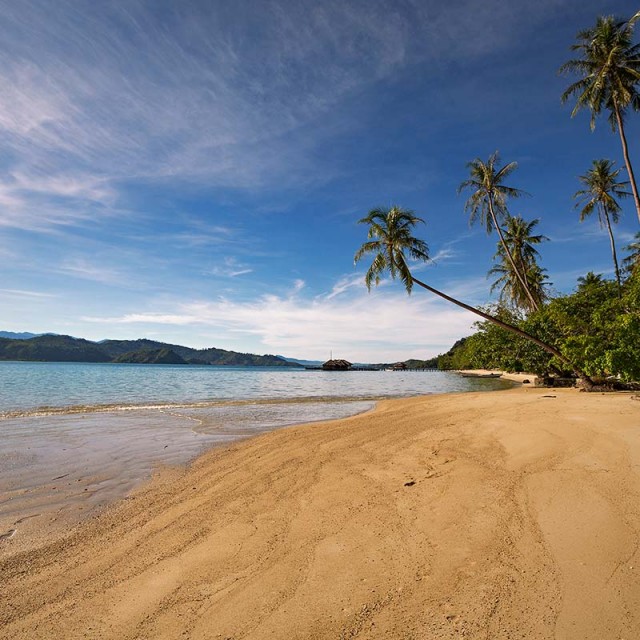
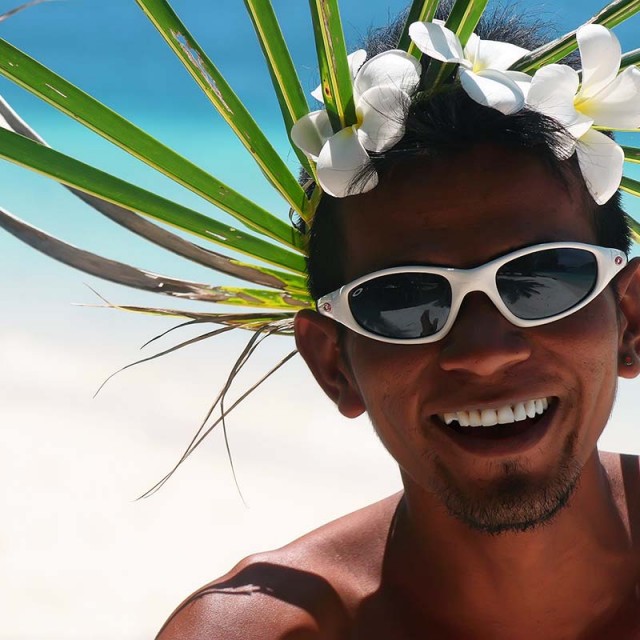
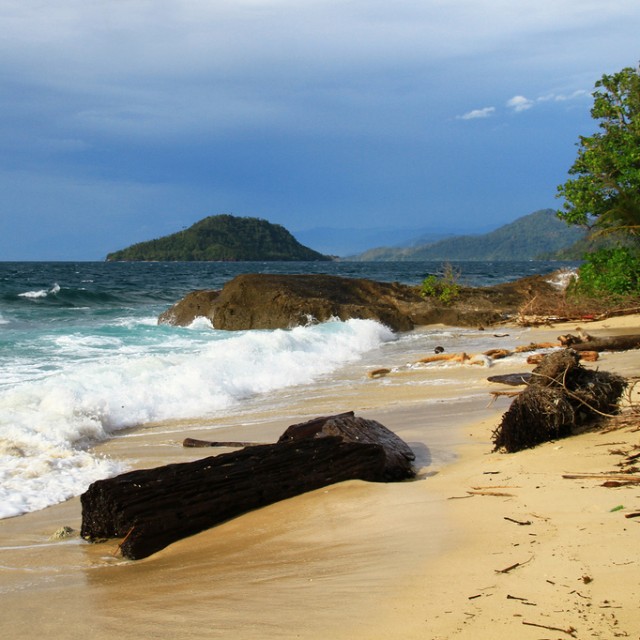
Join the Discussion
“8 Things To Do In, And Around Padang In Sumatra.”
During durian (a fruit with a large husk) season each year, truckloads of the husks were dumped along the highway leading out to the airport. These huge mounds attracted vermin, which brought snakes. When the snakes got into houses, people would kill them and then stretch them out on the highway to make sure they were truly dead (superstition was that a wounded snake would remember and take revenge). Padang had an enormous variety of deadly snakes, many very beautiful and exotic. The airport road during durian season was, and may still be, a place to safely see mind-boggling snakes.